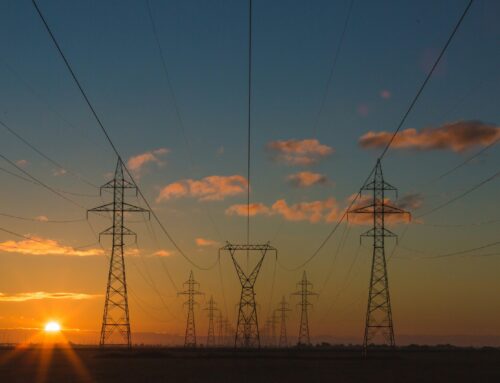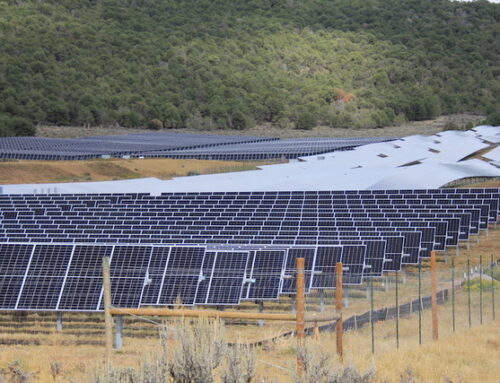Why Maryland’s Market Is Ripe for Renewable Development
October 21, 2025
The 2025 Maryland Association of Counties (MACo) Summer Conference provided an excellent platform to discuss the future of energy in the state. I was honored to be a part of the general session panel “Powering Maryland: What’s Next for the State’s Energy Future?” moderated by Senator Mary Beth Carozza.
I was joined by an exceptional group of experts, including:
- Kumar Barve, Commissioner, Public Service Commission
- Paul Pinsky, Director, Maryland Energy Administration
- Mark Ritacco, Chief Government Affairs Officer, NACo
- Jason M. Stanek, Executive Director of Governmental Services, PJM Interconnection
The session sparked a great conversation and an informative Q&A, in which we explored how upcoming energy shifts could affect local planning, infrastructure, and economic development.
A Developer’s Take on the New Energy Landscape
For those who couldn’t be there, the big news buzzing around the conference was the new federal budget legislation and its implications for energy projects. From a developer’s standpoint, Maryland’s renewable energy future is promising.
Higher state utility rates, combined with strong incentives and favorable programs, are encouraging investment in solar projects. For instance, incentives like Maryland’s Solar Renewable Energy Credits (SRECs) and Brighter Tomorrow Act, along with programs such as aggregate net metering (which allows for remote project siting), are making solar an attractive investment option for communities and businesses.
Navigating Incentives and Planning for the Future
During the panel, we discussed the importance of assessing a project’s financial viability—even without the 30% federal Investment Tax Credit (ITC), which provides a dollar-for-dollar reduction of an organization’s federal tax liability.
While the availability of the ITC certainly impacts a project’s economics, Maryland’s programs and incentives are still helping solar projects make financial sense without the credit—especially in areas with high utility rates.
Now is the ideal time to move forward with projects. Deadlines for the federal ITC’s “Safe Harbor” and Maryland’s Brighter Tomorrow Act are quickly approaching. To help navigate a complex policy landscape, TotalEnergies has developed this guide for Maryland incentives and programs to ensure your projects capture the maximum benefits. You’ll learn how, even without the ITC, it’s possible to exceed your goals with reliable, affordable solar power in Maryland.
This article is a guest submission from MACo’s Corporate Partner TotalEnergies, written by Michael Bartoszek, Senior Account Executive. Visit our website to learn more about the Corporate Partner Program.
Search
RECENT PRESS RELEASES
Related Post






